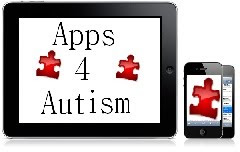After going through the process of diagnosis for a child with special needs, many parents are overwhelmed by the cost of private therapy and treatment. Then there’s the difficulty of scheduling therapies, and for some children, the trauma of separation from the parent during therapy.
What if there was a therapy that could be done at home for free? What if there was a therapy that strengthens the bond between parent and child while also encouraging the child’s emerging independence? What if there was a type of therapy broad enough to assist with all types of special needs, but flexible enough to be tailored to a child’s specific goals in physical or occupational therapy, speech or social skills, sensory integration or emotional regulation? It would be perfect if such a therapy was also demonstrated to be effective in decades of scientific studies, right?
Well, you’re in luck. With these five steps you can get started on play therapy today.
1. Time Management
The funny thing about play therapy is that it requires the caregiver to change his or her own behavior before any changes are observed in the child. The first step is to create pockets of time throughout the day — 10 minutes at first, but eventually up to 30 minutes — with no distractions: no telephones or televisions, no errands or chores. Everything will have to to wait for 10 minutes so that you can prove to your child that your attention is undivided. My disabled son is 10 years old, and the one “reward” that he has always requested is time with a family member. He knows intuitively how valuable that time is.2. Non-Verbal Communication
The next change is to stop talking.Read more at http://blog.friendshipcircle.org/2011/04/14/5-steps-to-getting-started-with-play-therapy/



